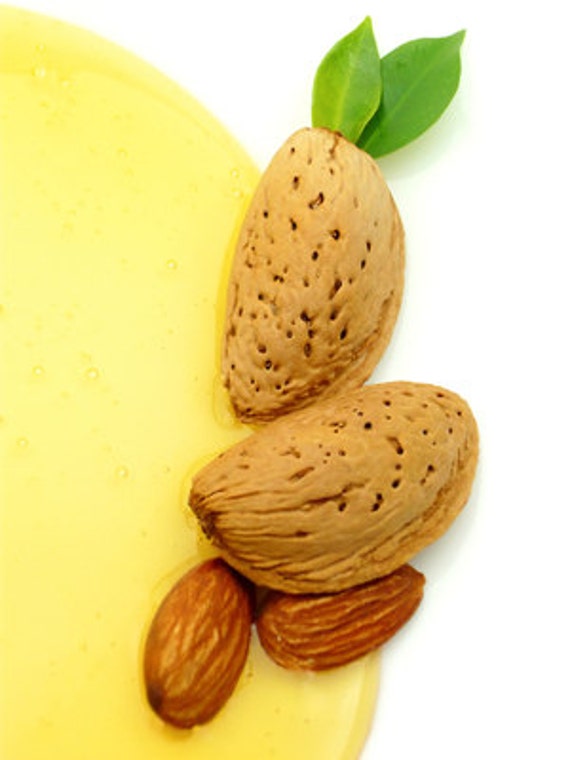Lavender Massage Oil by Jessiepearl
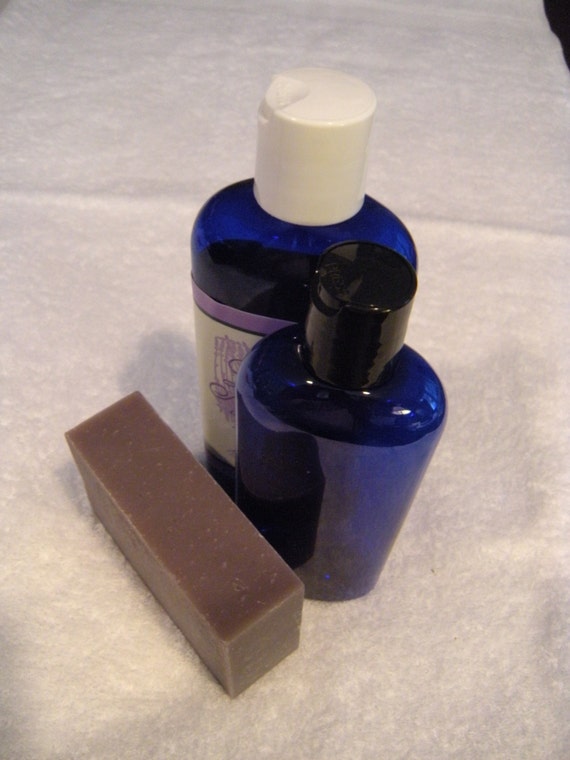
Touch and fragrance combine
when you massage with this natural lavender body oil. Soothing to the
skin, this oil blend encourages the "letting go" of muscle tension.
Ingredients: Essential oils of lavender and sweet orange are blended into a rich body oil of safflower, coconut and almond oils.
Available in 4oz and 6oz bottles.
We suggest allowing massage oil to warm in your hands before applying to body.
*****************************
A Few Important Properties of Lavender as reported on the Purple Haze Lavender Farm web-site.
It
is antibacterial, anticonvulsive, antidepressant, antiinflammatory,
analgesic, antirheumatic, antispasmodic, antitoxic, antiviral,
anticoagulant, carminative, cholagogue, cicatrisant, cordial,
cytophylactic, deodorant, decongestant, diuretic, emmenagogue,
galactogogue,hypotensive, insecticidal, nervine, parasiticidal,
rubefacient, restorative, sedative, sudorfic, tonic, vermifugal, and
vulnerary.
Common Uses
Ideal for physical and emotional
support. Lavender as a whole is an 'adaptagenic' essence with a
relationship to all Body Systems. It is nicknamed the ultimate 'first
aid in a bottle' oil. Lavender produces an Anti-Allergic Essential oil,
with an inherent antibiotic action. It is also an astringent as well as
moisturizing to skin. It alleviates aches, pains, and swelling from
arthritis to injury to headache. Lavender also alleviates motion
sickness.
Emotionally, lavender helps support a calm composure
and self-expression. It reduces irritability, insomnia, nightmares,
apprehension, panic attacks combined with uncontrollable shaking,
stress, nervous tension, hysteria and is generally balancing to the
psyche, as well as the body.
Internal Possibilities
Research
is proving that lavender is beneficial with regard to support for
hyperglycemia, hypertension, indigestion, arteriosclerosis, digestive
complaints, kidney stones, fragile capillaries, anemia, and heartburn.
It is non-toxic, non-irritant, non-sensitizing.
Safety
Some
say lavender should be avoided in the first trimester of pregnancy. It
should not to be used with preparations containing iron and/or iodine.
Available in 6oz and 4oz sizes.at
https://www.etsy.com/listing/167228842/lavender-massage-oil-6oz-bottle-helps?ref=related-1
````````````````
Convo us about our reorder discounts. You will love our soap, lotions and soaps for life.
.
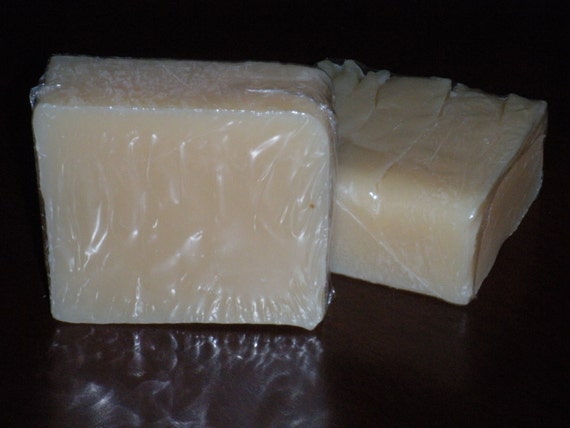
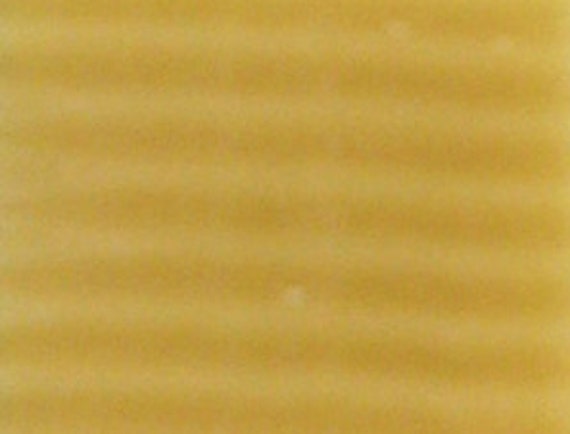
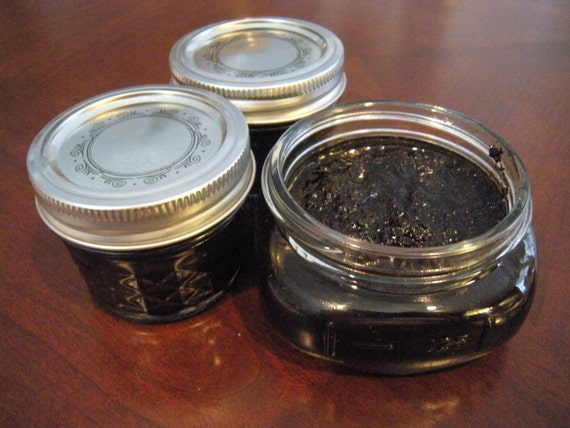









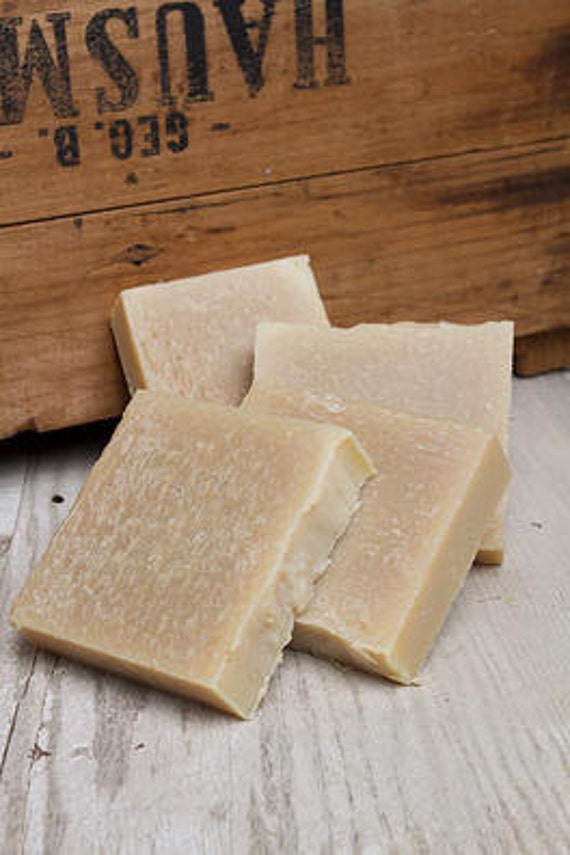
 Touch and fragrance combine
when you massage with this natural lavender body oil. Soothing to the
skin, this oil blend encourages the "letting go" of muscle tension.
Touch and fragrance combine
when you massage with this natural lavender body oil. Soothing to the
skin, this oil blend encourages the "letting go" of muscle tension.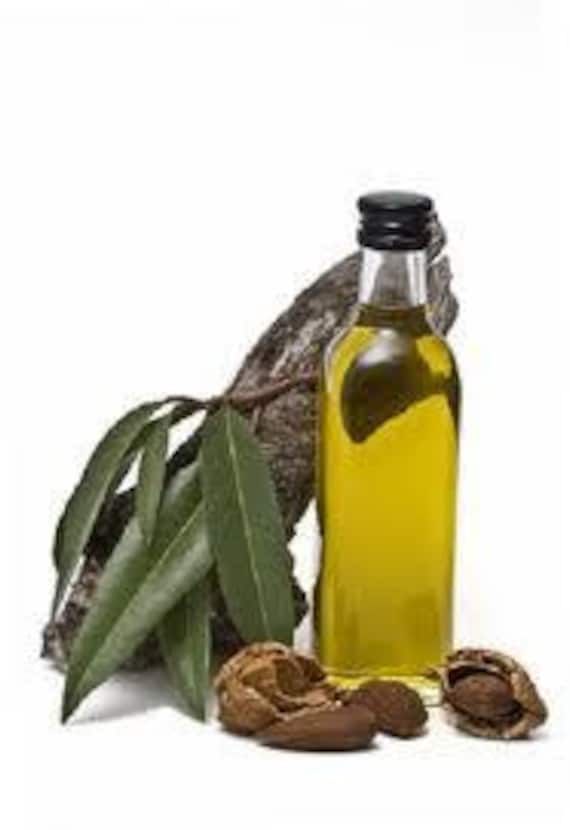 The
fragrance of Honey almond is blended into Grapeseed oil resulting in a
rich body massage oil for yourself or as a gift for those you care
about.
The
fragrance of Honey almond is blended into Grapeseed oil resulting in a
rich body massage oil for yourself or as a gift for those you care
about.
